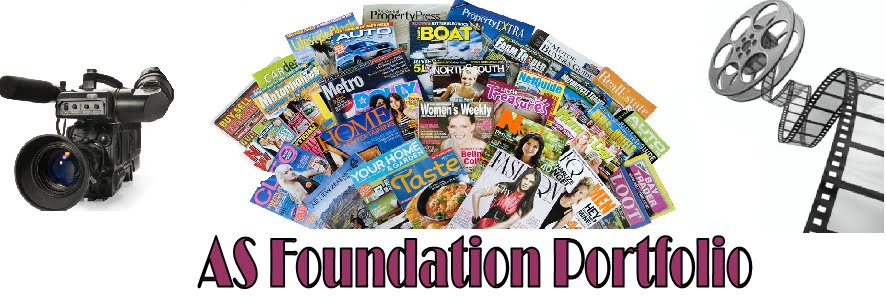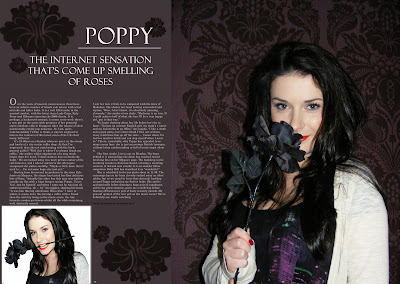


In what ways does your media project use, develop or challenge forms and conventions of real media products?
The magazine I chose to produce was highly conventional in terms of a music magazine. Having studied several previously existing magazines such as Q, NME and Rolling Stone, I found that each magazine used the same format, just with a personalised house style. I therefore thought it would be wise to adopt the same conventions for my magazine, as this was evidently the most likely approach to attracting potential readers; as well as not isolating the magazine from its competitors by making it seem less professional or less considered. The colour red is used regularly throughout the field of magazines along with yellow, as the two colours have proven to be the most eye-catching by stimulating cells in the brain. This is naturally the most effective way of drawing a reader to your magazine, so I designed my colour scheme with it in mind.
How does your media product represent particular social groups?
All of the images I used were of young females, and so from my previously gained knowledge of the media's representation of this social group, I edited all the image to improve the brightness, contrast and removed any blemishes. This fitted in with all of the conventions displayed in the magazines I studied, as women are shown in a highly idealised way.
What kind of media institution might distribute your media product and why?
I have mentioned previously that the media institution I would choose to publish my magazine would be the Bauer media group. This was down to the institution's long history and large knowledge base of the magazine market and music productions.
Who would be the audience for your media product and how did you attract/address your audience?
Throughout my magazine I aimed each element at a specific market, of 16-25 year old male and females. I had found through previous research that the most likely social group to buy music magazines were in this age range, as they had more money to spend on luxuries such as magazines as well as having more time to read them. By using images of artists within this age range I think that the target audience would be more likely to buy the magazine, as they could share an affinity with the artists. I also used a highly stylised and modern layout and colour scheme for the magazine to attract my target audience, as they have high expectations of magazine construction in a way older generations are unused to.
What have you learnt about technologies from the process of constructing this product, and what do you feel you have learnt in the progression from your preliminary to the full project?
The knowledge I have gained from using graphic design programmes such as Adobe Photoshop and Fireworks has increased dramatically from when I began this project. I created my preliminary task project on Microsoft Publisher, which compared to the programmes I used for the main task seems now rather primitive. The Photoshop software allows for different 'layers' on the work. This meant I could arrange things behind or in front of each other and make the whole project look much more professional than the preliminary. The colour scheme and swatches were also much more advanced, as I was able to use shadowing and place colours behind images to give them the appearance of being from a studio photo shoot. I have also expanded my knowledge of photography, learning about how to employ the rule of thirds and depth of field, along with the techniques used for editing photographs on Photoshop, such as using effects and adjusting the brightness, contrast and colour balance to improve the image. Overall, the progression I have made over the entirety of this project has been highly beneficial to the end product I have created, meaning that the magazine appears professional and highly crafted.























